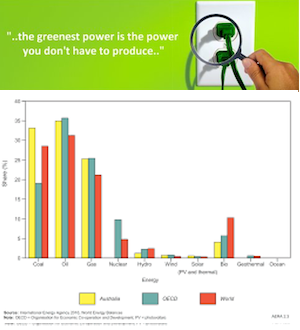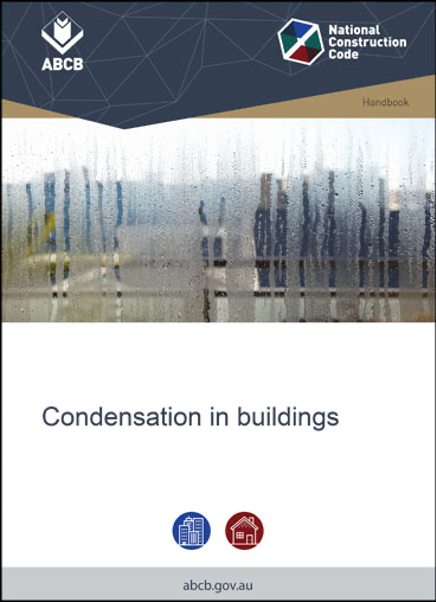Energy efficiency and energy productivity
|


|
|
Being energy efficient means using less energy to achieve the same outcomes. Energy productivity
(doing more using the same or less energy) includes energy efficiency, along with other ways to reduce
energy costs. These can include changing energy purchasing contracts, switching fuels and using
renewable energy and battery storage.
Being energy efficient and improving energy productivity in our products, homes and commercial
buildings can help to:
- reduce consumer energy bills
- protect the environment
- enhance industry energy productivity
- contribute to a competitive energy market
- better manage energy demand
The Australian Government supports the establishment of standards, programs and innovative practices
to improve energy efficiency and energy productivity in a number of areas.
|
Our commitment
To meet this challenge our commitment is to take a lead role in working with our industry partners to
create sustainable communities for Australians.Our approach is based on a good design and balance of
all key elements important in a house performance.
|
 |
|
Australia will continue to play our part in an effective global response to climate change. Under a Paris Agreement applicable to all, Australia will implement an economy-wide target to reduce greenhouse gas emissions by 26 to 28 per cent below 2005 levels by 2030.
|
Emmisions trends / Main Pledges
One bright spot is the growth of renewable energy in the power sector, which is quite rapid, driven initially by the large-scale renewable energy target for 2020, which the Federal government will not renew. The State of South Australia has a 100% renewable by 2030 target, and others have also ambitious 2030 goals, and as well there are world-leading innovations in the electricity sector to accommodate the rapid growth of variable renewable energy. The outlook is clouded though as many analysts believe further incentives and/or structural changes are needed in the electricity market for recent rates of renewable deployment to continue and grow. In contrast to the Australian Federal Government, every state and mainland territory government in the country has made either aspirational or legislated commitments toward zero-emissions. Victoria has legislated a net zero emissions by 2050 target, and the ACT has legislated a target to be net zero by 2045.
|
 |
Key points
|
|

The focus of changes being considered for the 2022 version of the National Construction Code (NCC 2022) include: 1. increasing the stringency of the energy efficiency provisions for residential buildings; and 2. developing quantified Performance Requirements and compliance pathways enabling compliance using a whole-of-house approach. The ABCB will also seek to refine the provisions for commercial buildings updated in 2019 and seek to ensure all buildings can accommodate the future installation of on-site renewable energy equipment and electric vehicle charging.
|
Why be sustainable?
The most significant environmental challenges of our time are global climate change and fossil fuel dependency. Rising greenhouse gas emissions, excessive natural resource use, water, soil and air pollution all have significant environmental, social and economic consequences. At the same time there is a challenge to create sustainable communities.
|
Condensation in Buildings

This project involves investigating the role of the NCC in mitigating the risk of condensation in residential buildings. It is being carried out in response to feedback from industry and building regulators. After introducing initial condensation provisions in NCC 2019, consideration will be given to further opportunities for addressing the risk of condensation. This work will be undertaken in conjunction with the energy efficiency changes for residential buildings planned for NCC 2022. Updated guidance material is also available to assist with minimising condensation in buildings.
|